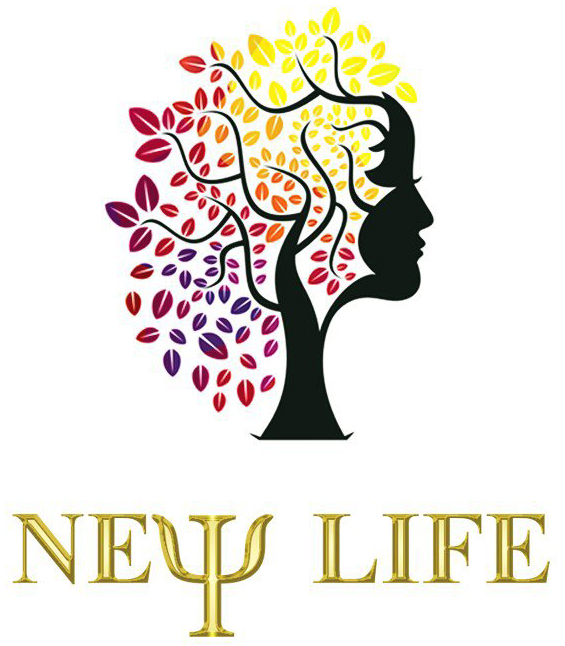Building on the foundational ideas discussed in How Ancient Building Ideas Shape Modern Towns, it becomes evident that the architectural wisdom of ancient civilizations continues to inform and inspire contemporary sustainable urban development. By exploring these connections, we can understand how timeless principles evolve into innovative strategies for creating resilient, eco-friendly cities.
1. Introduction: Connecting Ancient Foundations to Modern Sustainable Design
Ancient urban planning and construction practices have left an indelible mark on modern architecture. From the grid layouts of Roman cities to the organic layouts of traditional Asian towns, these early designs prioritized harmony with the environment, social cohesion, and resource efficiency. Today, sustainability acts as a vital bridge, integrating age-old concepts with cutting-edge innovations to address contemporary environmental challenges.
a. Influence of Ancient Urban Planning on Contemporary Architecture
Many principles of ancient urban design—such as orientation for sunlight, natural ventilation, and communal spaces—are evident in modern sustainable architecture. For instance, the concept of “climate-responsive design” draws heavily from ancient techniques of passive cooling and heating, demonstrating how historical methods can be adapted with modern technology.
b. The Role of Sustainability as a Bridge
Sustainability serves as the nexus that connects the wisdom of the past with future innovations. It encourages us to revisit traditional practices—such as utilizing local materials and conserving water—and enhance them with modern efficiency and technology, thus fostering a holistic approach to urban development.
2. Revisiting Ancient Concepts of Community and Environment
a. Integration of Environment in Ancient Societies
Ancient civilizations like the Indus Valley and the Greco-Roman world incorporated their environment directly into urban planning. Cities were often designed to minimize ecological disruption, with features such as elevated water management systems or integrated green spaces that enhanced urban resilience.
b. Lessons from Ancient Water Management and Green Spaces
The sophisticated aqueducts of Rome and the qanats of Persia exemplify sustainable water management rooted in ancient ingenuity. These systems not only provided reliable water sources but also minimized waste, offering models for modern sustainable water infrastructure.
c. Communal Spaces and Their Contemporary Relevance
Ancient towns prioritized public squares and communal courtyards to foster social cohesion. Today, integrating such spaces in urban design supports mental health, community interaction, and cultural continuity, reinforcing the social fabric essential for sustainable development.
3. From Ancient Materials to Modern Eco-Friendly Technologies
a. Traditional Building Materials and Sustainability
Materials such as rammed earth, clay, and timber have been used for millennia due to their natural insulation properties and low environmental impact. Modern green building increasingly revisits these materials, integrating them with advanced techniques to reduce embodied energy.
b. Ancient Construction Techniques as Inspiration
Techniques like the use of thick walls for thermal mass or natural ventilation pathways demonstrate how ancient methods can be adapted with modern materials to create energy-efficient buildings, exemplified by contemporary passive house designs.
c. Local and Renewable Materials for Ecological Reduction
Using locally sourced stone, bamboo, or recycled materials minimizes transportation emissions and supports regional economies, aligning with circular economy principles. Innovations such as hempcrete and cork insulation reflect this sustainable material ethos.
4. Spatial Design Principles: From Ancient Layouts to Contemporary Green Cities
a. Urban Grid Patterns and Courtyards
Ancient grid systems, like those in Mohenjo-daro or Roman towns, facilitated airflow, sunlight penetration, and efficient movement. Modern urban planning re-emulates these principles to improve thermal comfort and reduce reliance on mechanical cooling.
b. Compact Design and Walkability
The compact, mixed-use layouts of ancient villages promote walkability, reducing transportation emissions. Contemporary “15-minute city” concepts draw from this idea, aiming to create accessible neighborhoods that meet daily needs locally.
c. Incorporating Natural Elements for Well-Being
Integrating parks, urban forests, and water features not only enhances aesthetic appeal but also improves air quality and mental health. Ancient cities often centered around natural features, a practice increasingly adopted in modern sustainable urbanism.
5. Non-Obvious Aspects of Ancient Wisdom in Modern Sustainability
a. Philosophical Underpinnings of Harmony with Nature
Ancient philosophies such as Taoism or Stoicism emphasized living in harmony with natural cycles. Modern environmental ethics echo these ideas, promoting a balanced approach to resource use and ecological stewardship.
b. Cyclical Resource Use and Circular Economy
Ancient societies practiced cyclical resource management—reusing materials and minimizing waste. Contemporary circular economy models are direct evolutions of this mindset, aiming for zero waste and regenerative systems.
c. Cultural Sustainability and Knowledge Preservation
Maintaining traditional craftsmanship and local knowledge ensures cultural diversity and resilience. These practices often incorporate sustainable methods that can be integrated into modern innovations for a holistic approach.
6. Technological Integration: Enhancing Ancient Principles with Modern Innovation
a. Smart Technologies and Energy Efficiency
Sensors and automation can optimize natural ventilation, lighting, and energy use, complementing ancient passive design strategies. Examples include adaptive shading systems and intelligent irrigation, which mimic natural regulation processes.
b. Data-Driven Urban Planning
Using data analytics and geographic information systems (GIS), planners can model natural patterns and historic settlement data to design more sustainable, adaptive cities—emulating ancient observation techniques enhanced by digital tools.
c. Biomimicry in Modern Technology
Biomimicry involves imitating natural systems studied in ancient ecosystems—such as termite mounds for passive cooling—to develop innovative, energy-efficient building systems and urban solutions.
7. Case Studies: Successful Integration of Ancient Concepts in Modern Sustainable Design
| City/Project | Ancient Principles | Sustainable Innovations |
|---|---|---|
| Masdar City, UAE | Passive cooling, orienting buildings for airflow | Renewable energy, smart grids, green corridors |
| Freiburg, Germany | Compact, walkable neighborhoods inspired by medieval towns | Passive solar design, extensive cycling infrastructure |
| Lima’s Water Management Systems | Ancient aqueducts and water conservation methods | Modern rainwater harvesting, greywater recycling |
These case studies exemplify how integrating ancient principles with modern technology yields cities that are not only sustainable but also culturally resonant and resilient against climate challenges.
8. Bridging Past and Future: The Role of Heritage in Sustainable Urban Growth
a. Preserving Heritage as a Source of Inspiration
Restoring and maintaining ancient sites provides a tangible link to traditional practices, fostering innovation rooted in cultural identity. Preservation efforts can inspire new sustainable designs that respect history while addressing modern needs.
b. Engaging Communities through Cultural Continuity
Community participation in heritage preservation enhances environmental awareness and social cohesion. When residents see their traditions reflected in urban planning, it promotes sustainable behaviors and pride.
c. Towards a Unified Approach
Combining heritage conservation with innovative sustainable practices leads to cities that are both historically rich and environmentally forward-looking. This holistic approach ensures resilience, cultural integrity, and ecological balance for future generations.
9. Conclusion: Returning to the Roots of Sustainable Design
In summary, ancient building ideas provide invaluable insights into creating sustainable towns that are resilient, culturally meaningful, and environmentally responsible. The ongoing dialogue between history and innovation underscores that the most effective urban development strategies honor their roots while embracing future technologies.
“The future of urban sustainability depends on our ability to learn from the wisdom of the past, adapting timeless principles with modern innovation.”
By reconnecting with ancient concepts—such as resource cyclical use, natural integration, and community-centered design—modern cities can develop more sustainable, harmonious, and resilient urban environments. This continuous dialogue ensures that our towns and cities not only meet the demands of today but also lay a robust foundation for tomorrow.



